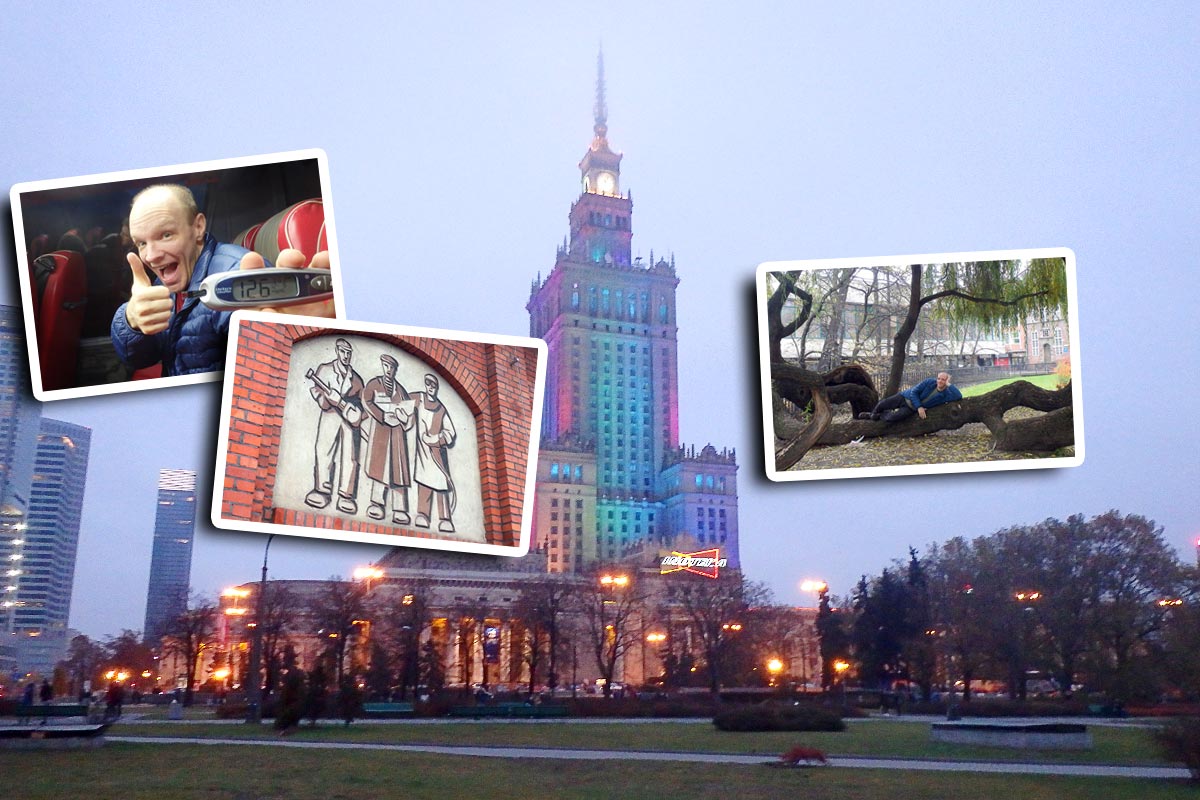
Traveling to Poland should be no problem for a diabetic, or for someone who is traveling with a diabetic friend or child.
The main things to remember about traveling in Poland with diabetes are:
- Don’t be afraid to do things – travel is all about exploring and experiencing.
- Check your blood sugar often, especially when eating unknown foods.
- Carry enough insulin and other supplies, and know how to get more if you need to.
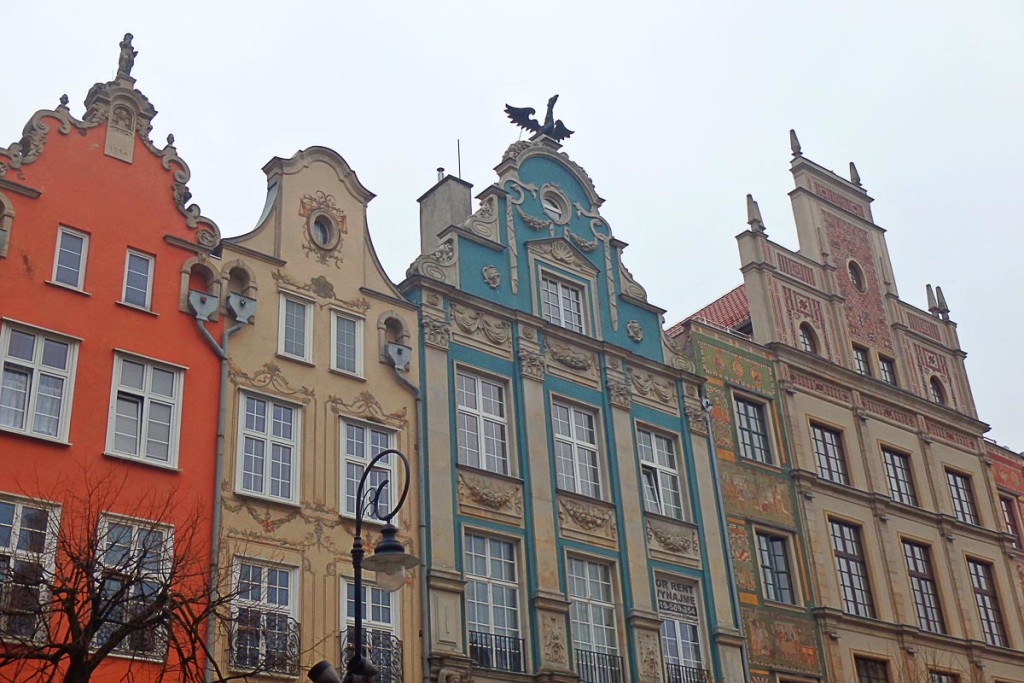
Colorful building façades in Gdańsk.
Anybody with Type 1 diabetes can visit Poland, and should – it’s a large country with a complex history, unique culture and varying regions, and important historical sites.
Here are some tips and experiences about traveling to and within Poland from a Type 1 diabetic who went there (see my blood sugar stats below).
Be prepared, not scared!

Auschwitz-Birkenau is near Kraków and mustn’t be missed.
This is your personal guide for traveling to Poland as a diabetic, including:
- How to speak Polish (for diabetics)
- About food and insulin in Poland
- Some places to go in Poland
- My experiences as a Type 1 diabetic in Poland, including blood sugars
- Links to my detailed diabetes travelogue for Poland
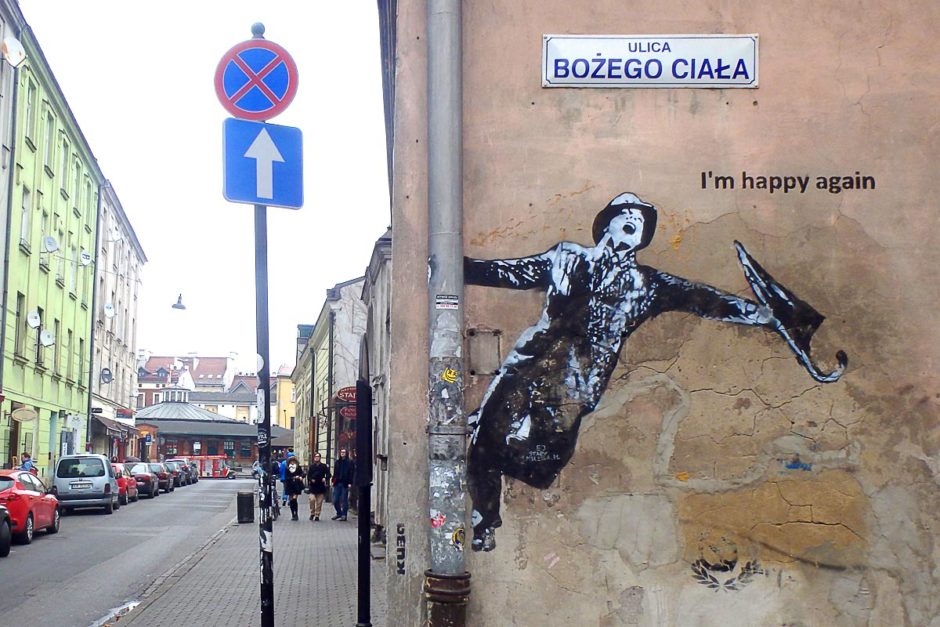
How to speak Polish – for T1Ds
Polish is a tough language, but fortunately you are unlikely to have to say much in Polish as a diabetic, unless you want to. Medical personnel will almost certainly understand the English word “diabetes”, and it’ll be even better if you have a bracelet, anklet, necklace, or some other indicator that you are diabetic.
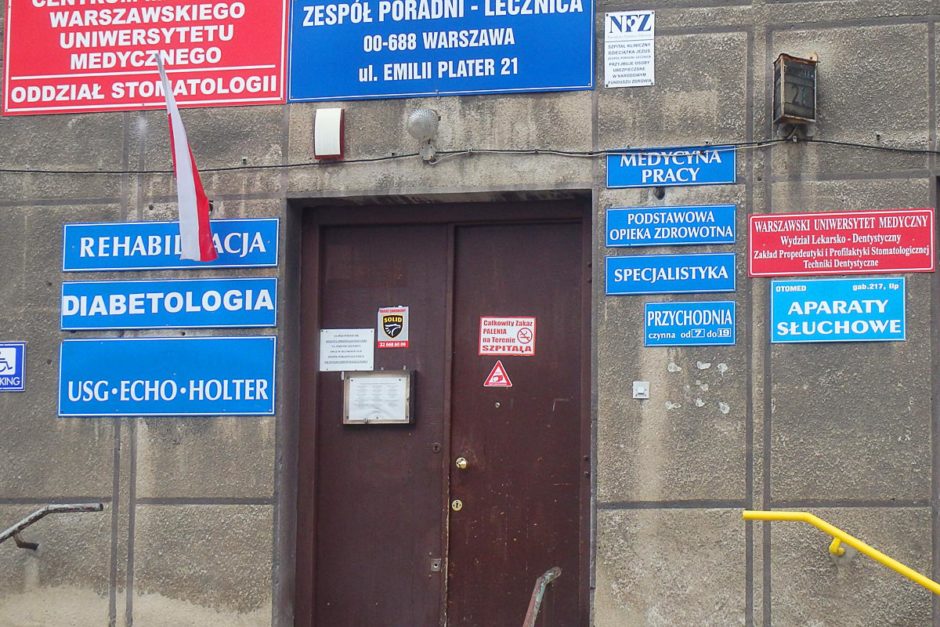
But if you want to speak a little Polish anyway, these phrases can help you:
- diabetes – cukrzyca (“tsook ZHIH tsa”)
- Type 1 diabetes – cukrzyca typu 1 (“tsook ZHIH tsa tippu yeh den”)
If you’re in a situation where English isn’t working and you can’t communicate that you’re diabetic, try showing an insulin pen or blood sugar meter. Diabetes isn’t that obscure; they’ll understand.
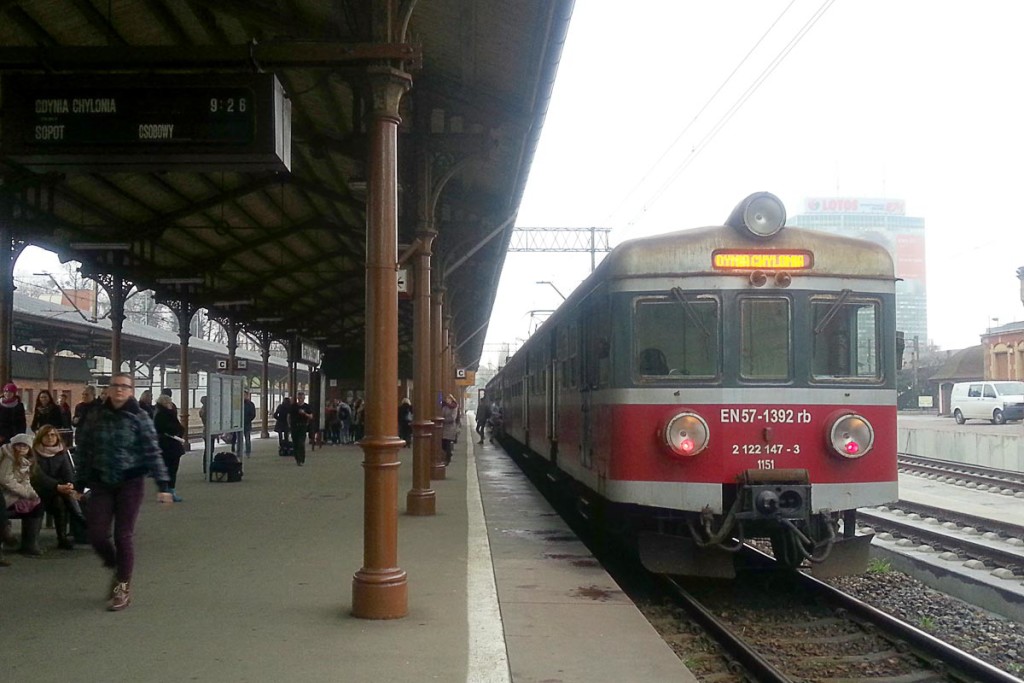
Travel in Poland as a Type 1 diabetic
Poland is considered Eastern Europe, though is kind of in north-central Europe between Germany and Belarus.
Food in Poland often includes potatoes, which can be tough for blood sugar. Rice is somewhat common too, as is bread. There are also all the usual modern international restaurants, fast food places, and snack kiosks in stations and on the streets.

Go to kiosks or convenience stores for low blood sugar snacks, and always be sure you have some with you. For long train or bus rides you may need to buy some lunch beforehand, though on trains there may be food you can buy. Always be prepared – if you’re not sure about food service, ask. If you still aren’t totally sure, bring your own as backup.
Always buy low BG snacks before getting on a train or bus, even if you know there are services. You never know if they’ll be sold out, or if the vending machine stops working, or something.
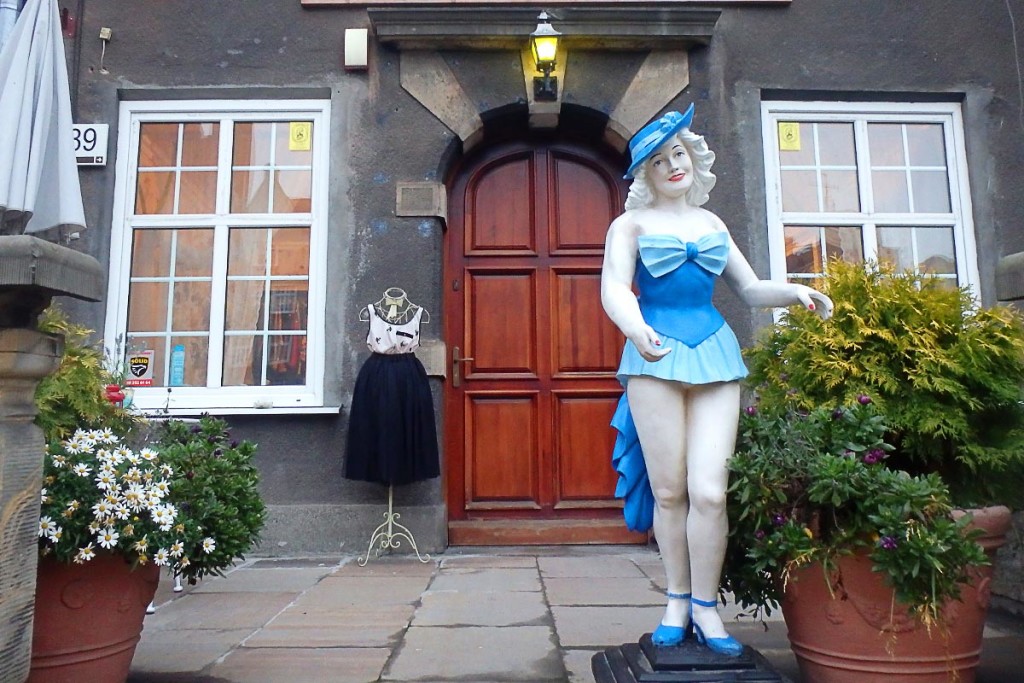
My route in Poland
I spent 11 days in Poland with my travel partner Masayo. After entering the country from Lithuania by bus, we started in Warsaw, the capital. Then we visited Gdańsk and nearby Malbork in the north on the Baltic coast, then Kraków in the south. In Kraków we visited the Nazi camp at Auschwitz-Birkenau before continuing on to the Czech Republic.
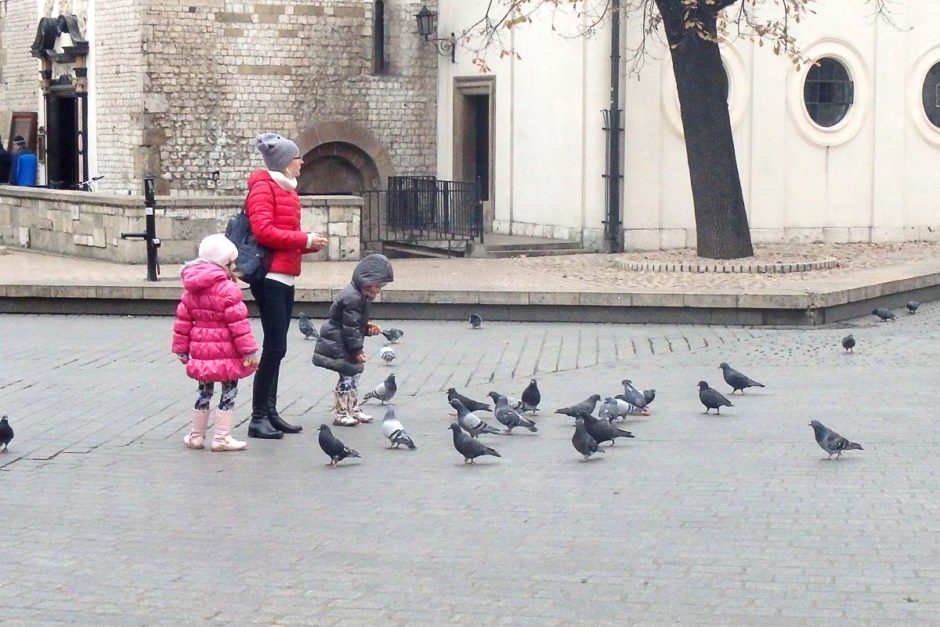
Diabetes experiences in Poland
My average blood sugar in Poland was better than it had been in Lithuania, but not by much. I was still consistently taking too little Humalog for my meals, which were almost all higher in carbs than I thought. When your BG is high in general, it can be harder to get back down.
But as a traveling diabetic, you should always continue to fight and make smart choices. As long as you’re striving to improve, you’re doing the right thing. Your numbers will eventually get better if you keep trying.
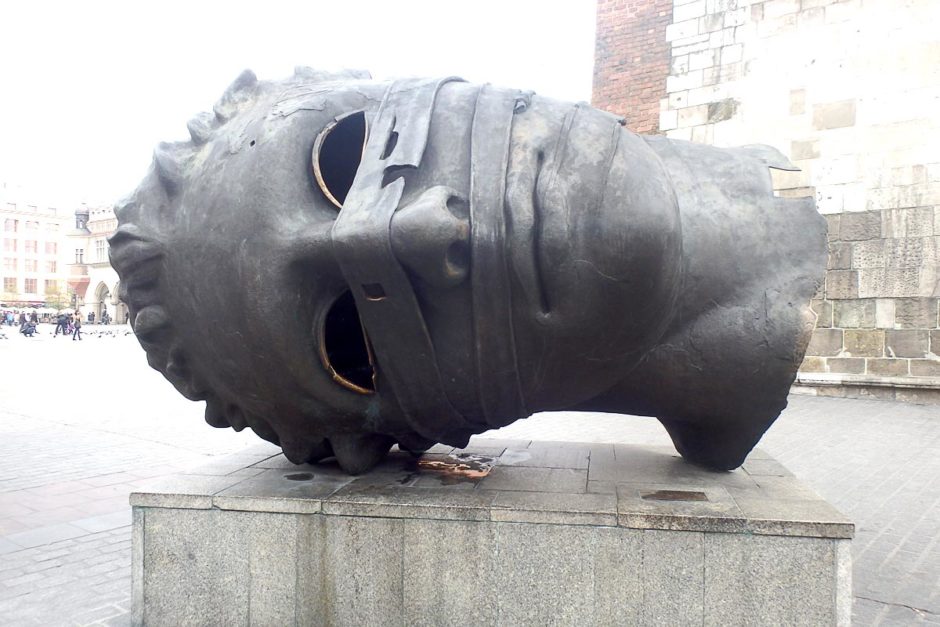
My diabetes stats from Poland
- Total number of BG checks: 51
- Average BG: 198
- Lowest BG: 63
- Highest BG: 387
- Average morning BGs (~12:00): 196
- Average afternoon BGs (12:00~6:00): 178
- Average evening BGs (6:00~): 218
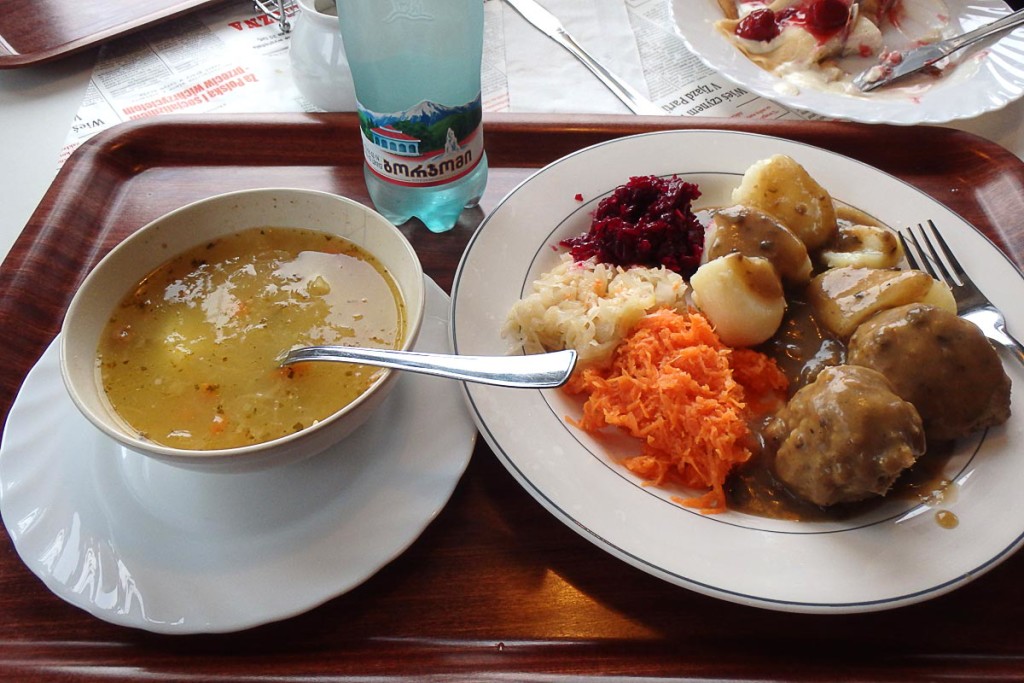
Polish food
You’ll most likely experience a good, wide range of food in Poland, from cafe pastries to Polish dinners to convenience store sandwiches to international foods. Here’s a sampling of the food I had in Poland; yours may resemble this.
- Dumplings and potatoes – Polish dumplings are pieces of food (like meat) wrapped in a pinch of fried dough. These can be much higher in carbs than you suspect; they’re excellent and usually come with a delicious sauce, but watch your BG afterwards and adjust in the future accordingly.
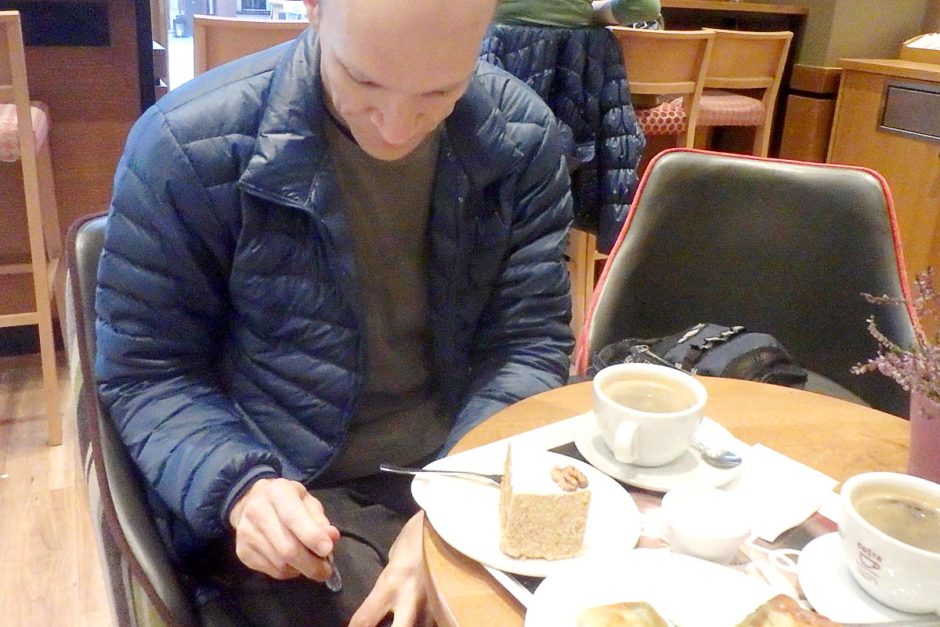
- Cafés – You may have some breakfasts or afternoon snacks at coffee shops sometimes. There are many examples of Starbucks-type places in Poland. Muffins and doughnuts are heavy in carbs. Dial up the insulin, but check afterwards.
- International – There’s no rule that you have to eat only Polish food in Poland! Indian, Italian, Vietnamese and other cuisines are available, often even in smaller towns. One Sunday evening in huge Warsaw the only thing we could find anywhere near our room still open was a lovely Bulgarian restaurant. Branch out; everything is good and there are no rules!
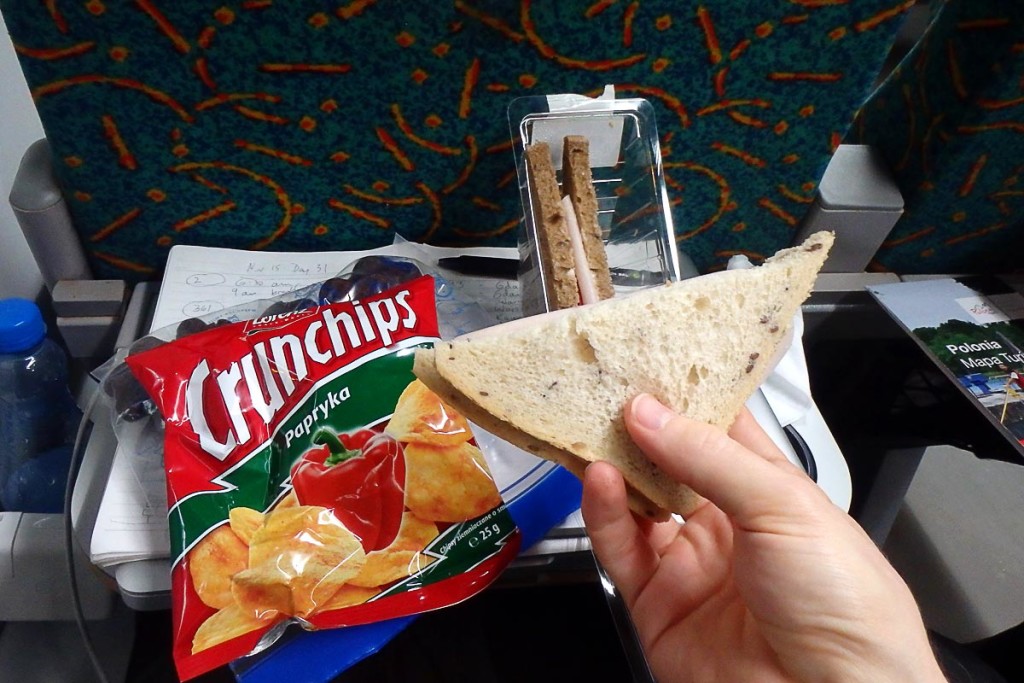
Sammich and chips on a Polish train (bought beforehand).
- Bus and train food – We ate sandwiches and chips purchased from small shops on our bus and train rides in Poland. Note that PolskiBus may give you some snacks that can almost comprise an entire lunch.
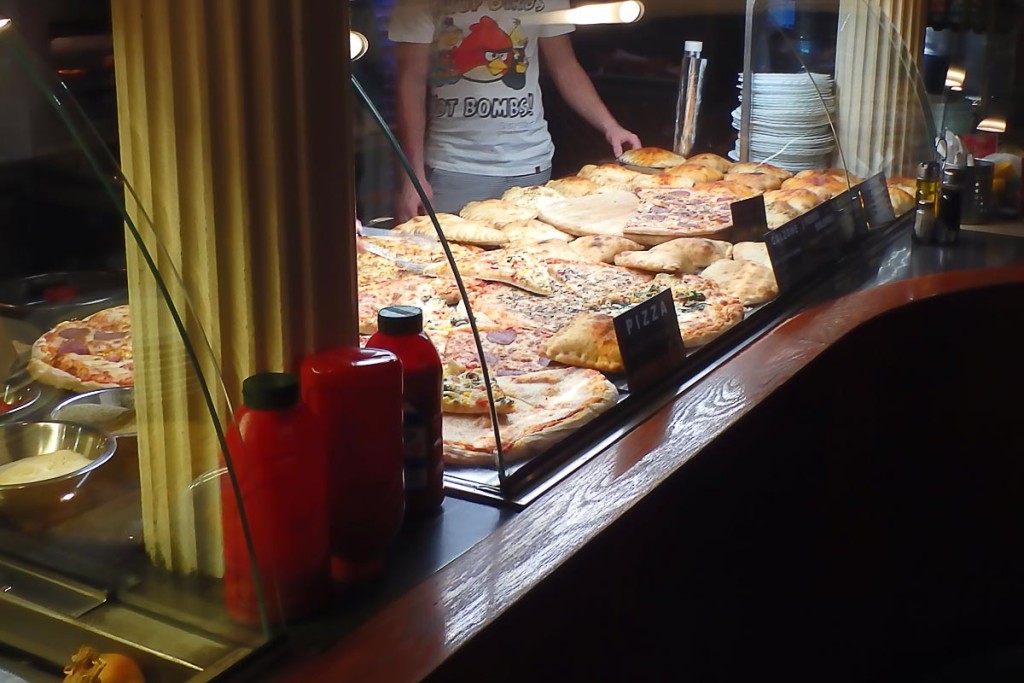
Pizza in Kraków.
- Pizza and burgers – The old standbys are exceptionally good in Poland, and not too hard to find. Pizza always made my blood sugar high, personally: that crust is way dense.
Choosing insulin doses for food in Poland
You won’t be sure about the carb contents of a lot of the food you eat in Poland. But don’t let it hold you back: just take your best guess and check blood sugar later. Work with your diabetes, but don’t let it dictate everything about your trip!

Warsaw is determined to become beautiful again, even if they have to fake it at first.
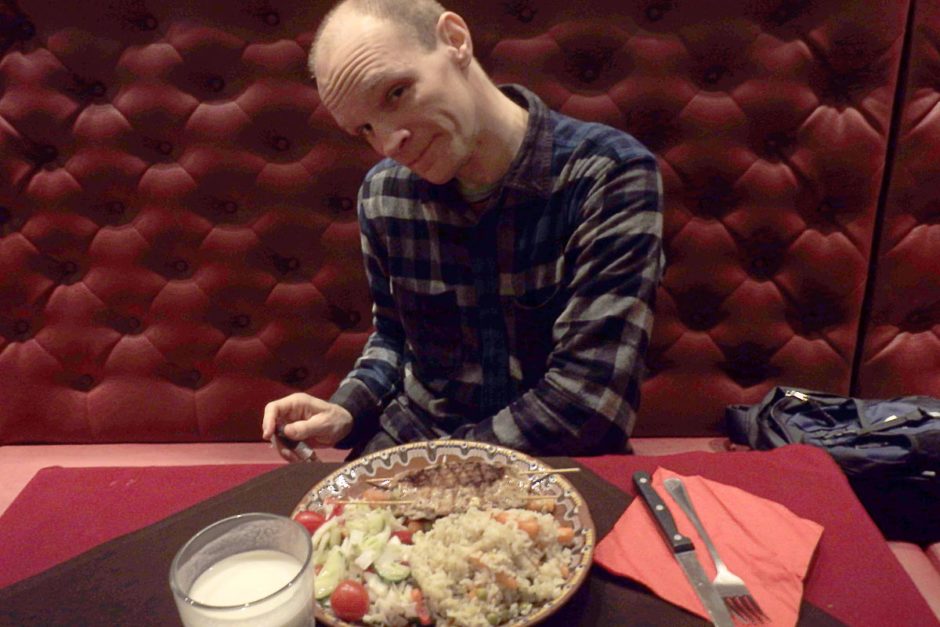
Insulin injection for Bulgarian food in Warsaw, through the pants.
Taking insulin in public in Poland
I don’t recommend it, but in public I usually took my bolus injections for meals right at the table in restaurants, through my Bluff Works pants into my legs. Try to keep it discreet if you do it this way, since some people may not want to see it. Just go to the bathroom and inject in private if you’d rather do it that way, too. Be sure that the food has arrived or definitely will soon.

Near the Gdańsk shipyards.
Rooms and accommodation in Poland
I recommend booking.com to pre-book rooms. They have hostel beds, guesthouses, and even expensive hotels that you can sort by price, amenities, etc. I booked all of our rooms in Poland through the website and always had a place to go.
If you like to travel cheaply but not the cheapest possible, your lodging experiences in Poland will probably resemble mine:
- Apartment – In Warsaw, we booked an actual residential apartment. It was really nice, and not expensive at all. We had a nice kitchen and I was able to put my insulin in the refrigerator.
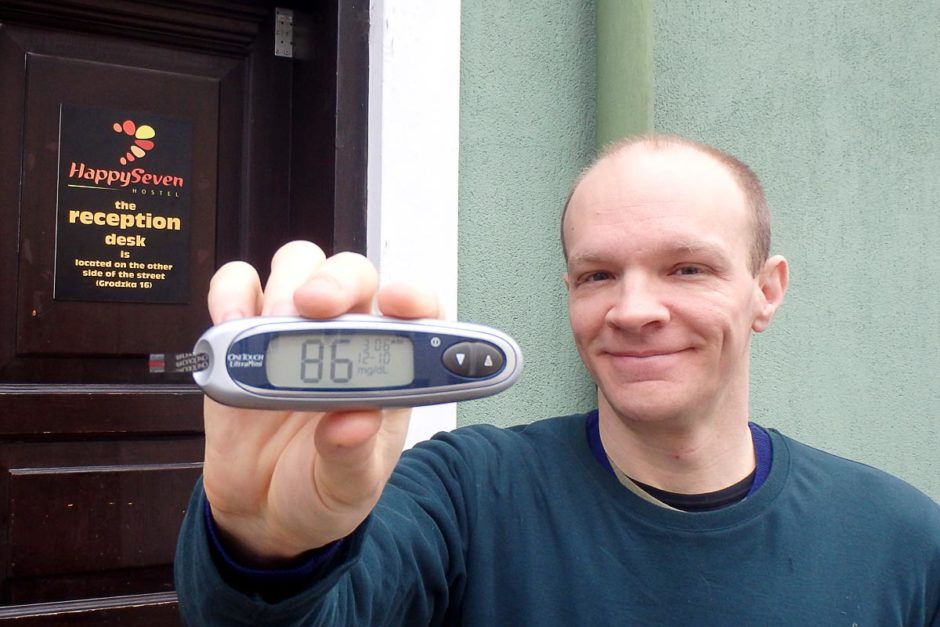
- Happy Seven Hostel, Gdańsk – We got a private room with a shared bathroom, plus the free breakfast buffet (breads, meats, cheeses, cereals, milk, coffee, etc). This hostel was on a quiet backstreet in Gdańsk and had that communal, funky vibe common to hostels. I even got a ticket for a free beer at the attached relaxed bar. All in all, friendly and inviting. I’d stay there again.
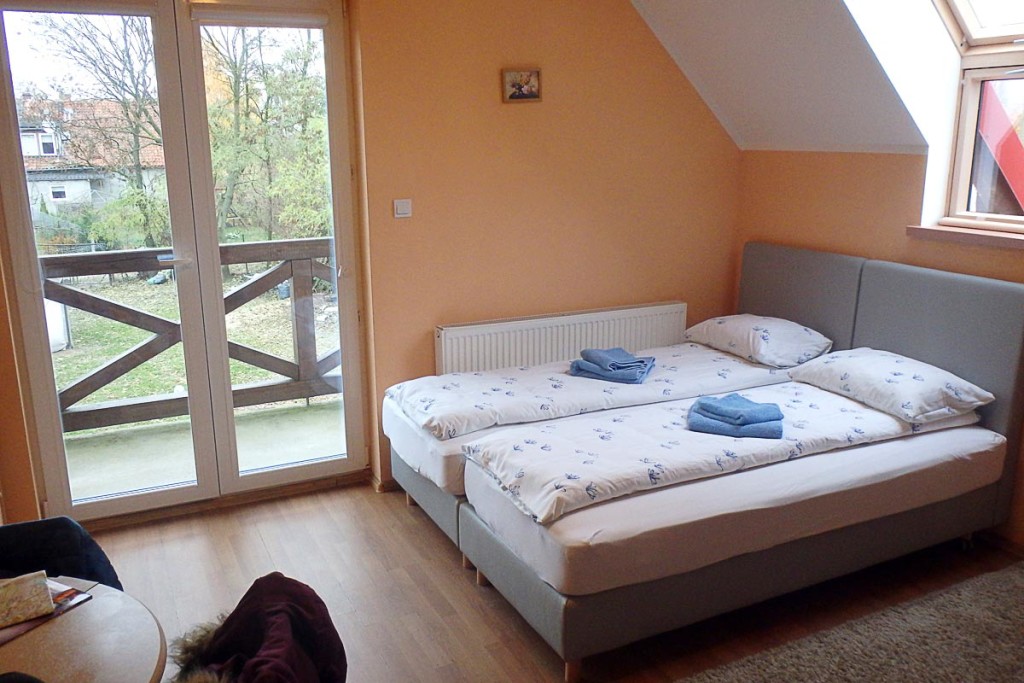
Vis A Vis Zamky Guesthouse in Malbork.
- Vis a Vis Zamky, Malbork – This cheap room was one of three or four in a small house across the Nogat River from the UNESCO-inscribed castle. From our little balcony we had a nice view of it. Not exactly centrally located though; we had to wander a fair few streets to find somewhere to eat in the evening nearby. Then again, we did end up having a fantastic meal on a floating boat restaurant, proving that the gods of diabetes travel are always watching out for you!
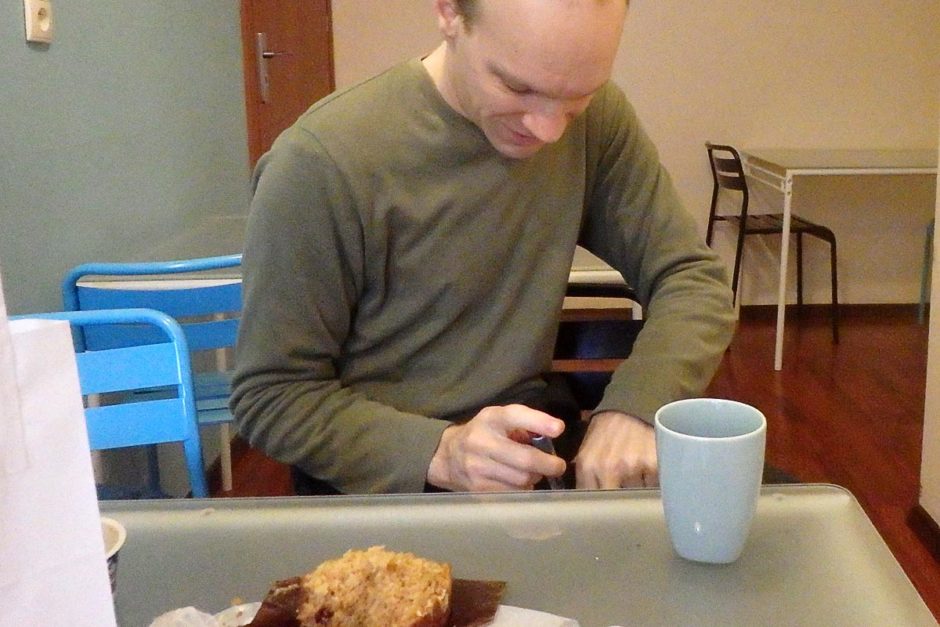
Breakfast shot in Tulip Hostel.
- Tulip Hostel, Kraków – Again we had a private room, this time with our own bathroom. The location of this place was great; on our small balcony we could see restaurants, old churches, shopping stalls, and lots of people and cars. Trams rode by. It wasn’t even too loud at night, but was super convenient and cheap. Not as much of a community vibe as other hostels, but there was a refrigerator in the kitchen for insulin storage.

Have you been to Poland?
I’d love to hear from others – diabetic or not – who have been to Poland. And if you are planning to go (or would like to go) and have a question about going there with diabetes, please let me know.
Enjoy your trip and don’t be shy or scared to do interesting, new, fun things.
You can go anywhere with diabetes!
Read more about my travels in Poland
Come along on the adventure! Follow detailed travelogues about the wondrous sights, fascinating people, and varied diabetes experiences I encountered as a traveling T1D in Poland:
Day 24: Exciting Bus Trip From Lithuania To Warsaw, Poland
Day 25: Frustrating Day Walking Around Warsaw, Poland
Day 26: History And More Frustration In Warsaw, Poland
Day 27: Escaping Warsaw By Bus To Gdańsk, Poland
Day 28: The Glorious Old Town Of Gdańsk, Poland
Day 29: Solidarity In The Shipyards Of Gdańsk, Poland
Day 30: Malbork Castle, Amazing UNESCO Site In Poland
Day 31: All The Way Through Poland By Train To Kraków
Day 32: Grandeur In Kraków, Poland's Old Town Area
Day 33: Shocking Auschwitz-Birkenau Visit In The Rain
Day 34: Eye-opening Visit To The Jewish Quarter Of Kraków, Poland
Day 35: International Train Ride To Kroměříž, Czech Republic
Thanks for reading. Suggested:
- Share:
- Read next: Tips for traveling to Slovakia with diabetes
- News: Newsletter (posted for free on Patreon every week)
- Support: Patreon (watch extended, ad-free videos and get other perks)

Support independent travel content
You can support my work via Patreon. Get early links to new videos, shout-outs in my videos, and other perks for as little as $1/month.
Your support helps me make more videos and bring you travels from interesting and lesser-known places. Join us! See details, perks, and support tiers at patreon.com/t1dwanderer. Thanks!

Did you need some papers from a medic at the airport?
Mihaela,
I entered (and left) Poland by train so I didn’t do anything at any airport. And at the time, there was no border crossing procedure (from Lithuania, and then on to Czech Republic).
But I always suggest traveling with a doctor’s note when you have insulin and blood sugar testing supplies. You can get my free doctor’s note form here that would help on the off chance that someone asks for it: https://www.t1dwanderer.com//subscribe/
Good luck!
i go frequently to warsaw, i am diabetic on humalog mix but i would never inject in a toilet due to the pathogens flying in the air its disgusting to go into a toilet to inject a sterile needle into your body, it can cause a damaging infection once the seal of the needle is broken, toxic pathogens in a toilet room can attach to the needle, i was there last week, only being refused the once from injecting unless it was in my hand! at a particular restaurant in stare miasto, they would not refuse a mother injecting insulin in a toilet would they!
Are there more pathogens in a bathroom than any other room? I don’t think people who are injecting are going to find any purely clean place. I’ve injected in all sorts of places and never had any infections.
all i took was my prescription no doctors note was needed at any of the airports
Me too. I always travel with a doctor’s note but have not needed it so far. (Actually I could have used it once or twice in the past, but that was before I started traveling with one.)
I think it’s always good to have it, just in case. Weighs virtually nothing, takes up no space in the bag, and could smooth over a traveling situation very easily!
There is a Polish cimpany called D-Labs who have developed apps for helping sportsplayers with diabetes calculate their levels
Do you know whether high-protein, carb-stabilizing drinks such as Glucerna or Ensure are available at Polish grocery stores?